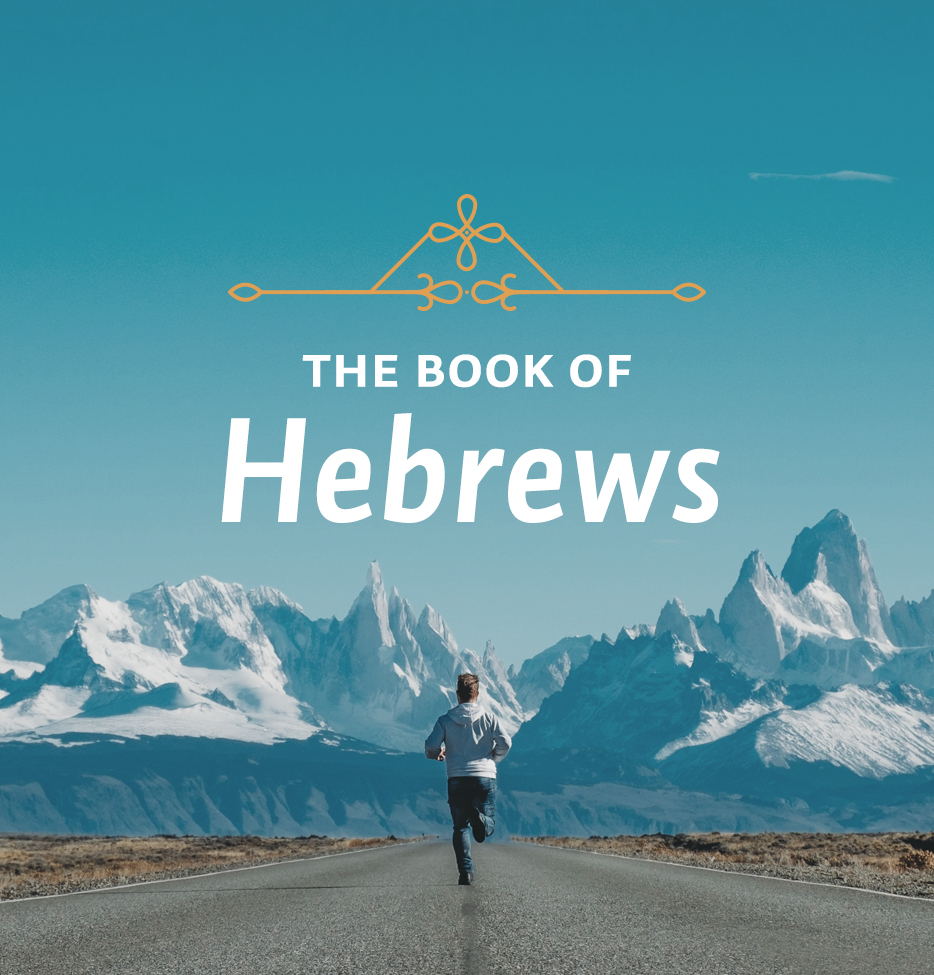Theme: A Way Opened to God
This week’s lessons remind us that because God is a God of grace, his throne is also one of grace, which is accessed by prayer through the work of Jesus Christ and in the power of the Holy Spirit.
Scripture: Hebrews 4:16
Yesterday we looked at how God the Father and God the Son are gracious.
God the Holy Spirit. The Holy Spirit is also gracious. That is one reason he is called the Comforter (John 14:16, 25; 15:26; 16:7). The Greek word is parakletos. It is a rich word rightly translated “helper,” “advocate,” and “counselor,” meaning that the Holy Spirit also strengthens us and pleads for us. But the Holy Spirit is certainly a comfort too, as any believer who has gone through difficult times surely knows. We sing,
Come, dearest Lord, descend and dwell
By faith and love in every breast;
Then we shall know and taste and feel
The joys that cannot be expressed.
Our triune God is the God of all grace, and each member of the Godhead has a part in hearing and answering prayer. We customarily say that prayer is made to God the Father, through the Lord Jesus Christ, and in the Holy Spirit.
When we are talking about prayer and speak of God’s throne being a throne of grace and of the triune God being a God of grace, we have to go a bit further and add that it is also the grace of God in Jesus Christ that has made prayer possible. Or to put it another way, it is because of his great grace that God has opened the way to his throne by Jesus Christ.
A little later on in Hebrews, in chapter 9, the author spells out the meaning of Christ’s work by reference to the Ark of the Covenant. The Ark of the Covenant was the sole piece of furniture kept in the Most Holy Place of the Jewish temple. It was a box about a yard long and a foot and a half high and deep, and it was covered with gold. Its lid was pure gold, and it was used to hold the stone tablets of the law of Moses. On top of the lid were two golden figures of cherubim or angels. They faced each other, and God was understood to dwell symbolically in the space between their outstretched wings. In this picture, judgment is represented. For as God looks down on mankind from between the outstretched wings of the cherubim, what he sees is the law of Moses which each of us has broken. In this form, the lid of the Ark functioned as the judgment seat of God.
But the lid was not called the Judgment Seat. It was called the Mercy Seat. This is because once a year, on the Day of Atonement, after the high priest had sacrificed an animal for the sin of the people of Israel, the priest brought the blood of that slain animal into the Most Holy Place and sprinkled it on the Mercy Seat. Now the Ark was no longer a picture of judgment, the holiness of God pouring forth to consume the sinner. Instead it was a picture of grace. The throne of judgment became a throne of grace because now the blood of the innocent sacrifice, slain for the sins of the people, has intervened.
This is a wonderful picture of what Jesus Christ has done. Only in this case, he is both the sacrifice and the high priest. And his sacrifice of himself is not merely a symbol, meaningful but unable to take away sin. It is the true atoning sacrifice to which the symbolism pointed. It is he who has made the throne of judgment a throne of grace and by his death opened the way to God for all who will come through faith in that sacrifice.
The author of Hebrews says in reference to the Old Testament priests, “Unlike the other high priests, he does not need to offer sacrifices day after day, first for his own sins, and then for the sins of the people. He sacrificed for their sins once for all when he offered himself” (Heb. 7:27).
Again in chapter 9, “He [Christ] entered the Most Holy Place once for all by his own blood, having obtained eternal redemption” (v. 12). And again, “Just as man is destined to die once, and after that to face judgment, so Christ was sacrificed once to take away the sins of many people; and he will appear a second time, not to bear sin, but to bring salvation to those who are waiting for him” (vv. 27, 28).
Study Questions:
What are some of the different translations used for parakletos? How does each one contribute to our understanding of the work of the Holy Spirit?
How is Jesus both the sacrifice and the high priest? How does that relate to prayer?
Application: Read Hebrews 9, and use its themes as an outline for prayer today.






